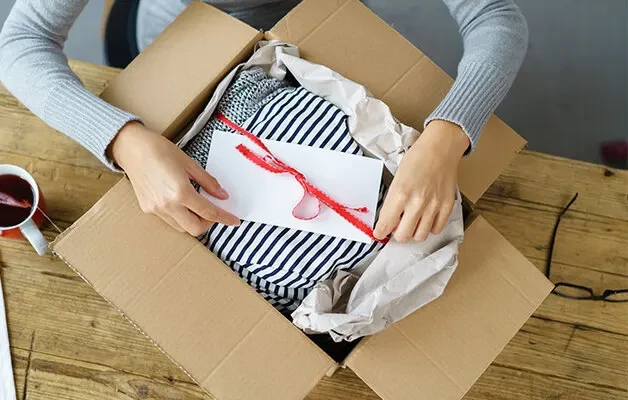
History and Development of Packaging The Evolution of Humanity in Product Protection and Promotion Throughout history, humanity has used packaging techniques for the protection, transportation and marketing of products. Packaging has made a great contribution to the development of civilizations by protecting food and other products, which are one of the basic needs of people. Here is the history of packaging and important stages of development.
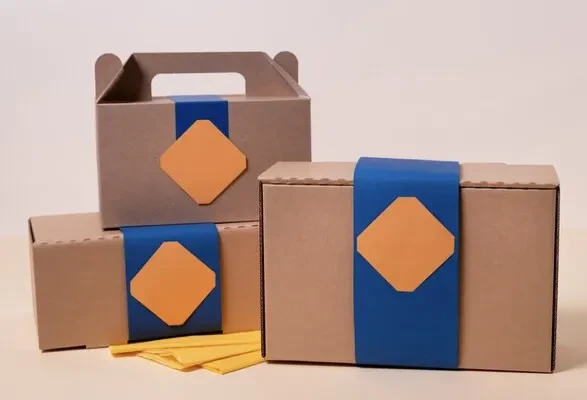
What is packaging? Packaging is a process used to protect, transport, store and sell products. In this process, it is ensured that the products are protected from physical damages, external factors and environmental conditions. Packaging is also used to promote products, increase brand awareness and provide information about the product to consumers. Packaging can usually be made of various materials, such as cardboard boxes, plastic containers, wrapping papers, blister packs or packaging films.
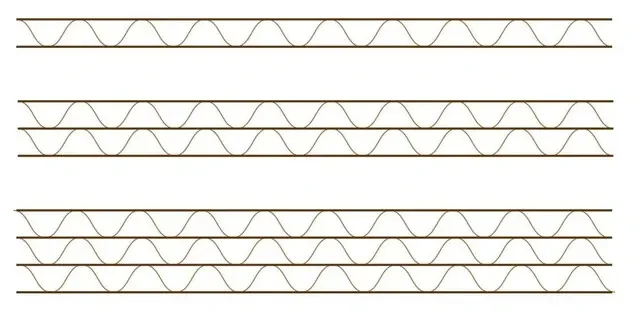
What is the Difference Between Single Corrugated and Double Corrugated Boxes? One of the most commonly used box types in the packaging world is corrugated cardboard boxes. However, the terms “single corrugated” and “double corrugated” that we come across when choosing a box can be confusing, especially for users who are new to the e-commerce and logistics sectors. So, what is the difference between a single corrugated box and a double corrugated box? In which cases should which one be preferred? Let's look at the details together.
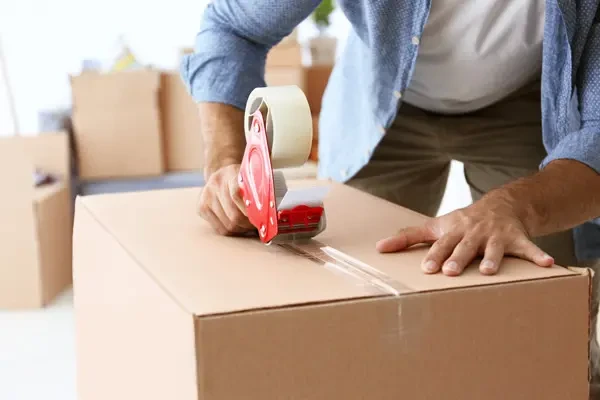
Tips for Safe Moving and Storage Preparing boxes is a critical step in the safety of your products during moving, storage or shipping processes. Boxes play an important role in ensuring that your items reach their destination without damage. Whether you are moving your home or shipping commercial shipments, it is always important to prepare your boxes correctly. In this blog post, we will look at all the important elements to consider when preparing boxes and provide practical tips to help you achieve the best results for your moving, storage or e-commerce shipments.
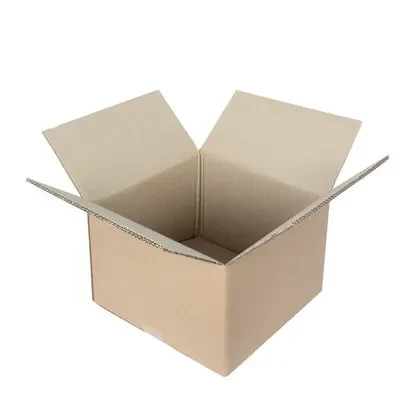
How is a Box Produced? Stages, Materials and Production Process A box is an indispensable part of daily life and trade. Especially with the rapid growth of e-commerce and the logistics sector, box production has become important in terms of both demand and variety. So how is a box produced? What materials are used? What are the stages? Here is the detailed explanation...
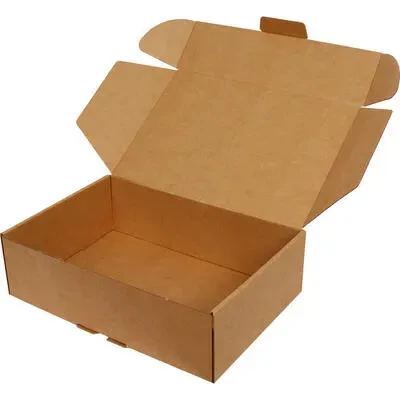
What is a Box? Types, Areas of Use and Production Processes There is a product that we encounter almost every moment of our daily lives but are often unaware of: Boxes. Boxes, which are used for many purposes from transportation to storage, from presentation to protection, play a major role in both individual and commercial life. So what is a box?
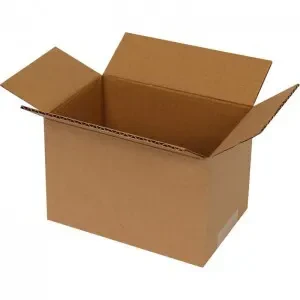
What is a Box? A box is a type of box made of corrugated cardboard and used to carry or store various items. Corrugated cardboard is primarily needed for box production. Corrugated cardboard consists of two flat paper layers obtained from paper pulp and with a corrugated layer in between.
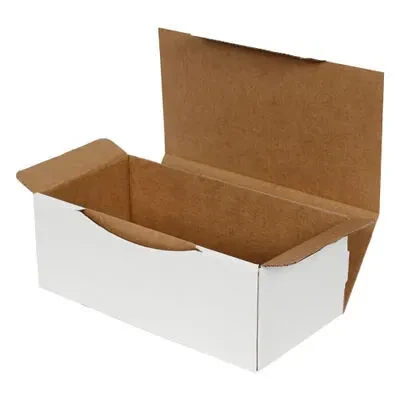
Packaging in E-Commerce E-commerce has become a rapidly growing and developing sector today. However, for many e-commerce businesses, the packaging and shipping process is critical to delivering products to customers safely and quickly.
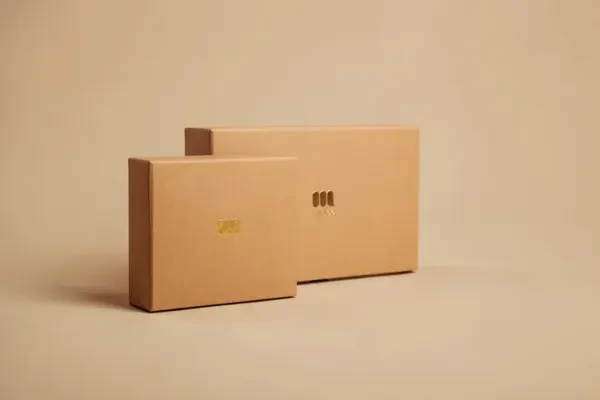
Box Design and Functions: The Best Solutions for Product Security and Efficiency Box design plays a crucial role in the safe transportation, storage, and organization of products. A well-designed box protects products from external factors, reduces transportation and storage costs, and strongly represents your brand. The types and functions of boxes vary depending on the characteristics of the products. Key elements of effective box design include choosing the right size, material usage, and functional structure. Additionally, the aesthetic design of boxes plays an important role in brand marketing strategies. Box design should not only be visually appealing but also durable, suitable for transportation, and environmentally friendly. Box functions are optimized to enhance product security, make the transportation process more efficient, and improve the consumer experience upon delivery. Moreover, proper box design reduces the risk of product damage, makes storage space more efficient, and lowers transportation costs. In conclusion, box design and functions are vital factors for the success of products. Businesses can increase operational efficiency and maximize customer satisfaction by selecting the right box design and functions.
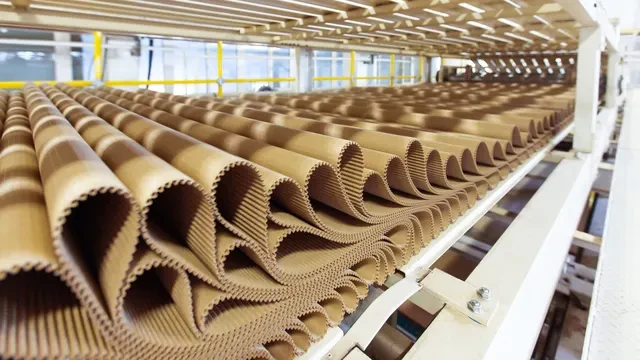
Materials Used in Box Production and Technological Changes Box production plays a significant role in the logistics and e-commerce sectors. The right material selection ensures the safe transportation and storage of products while helping to reduce costs. The most commonly used materials today include cardboard, corrugated board, kraft paper, and recycled materials. Additionally, technological advancements have made the machines and software used in box production more efficient. Digital printing technologies, automated production lines, and eco-friendly materials enable improved quality and sustainability in box production. In this article, you will explore the materials used in box production and the impact of technological innovations on the industry.
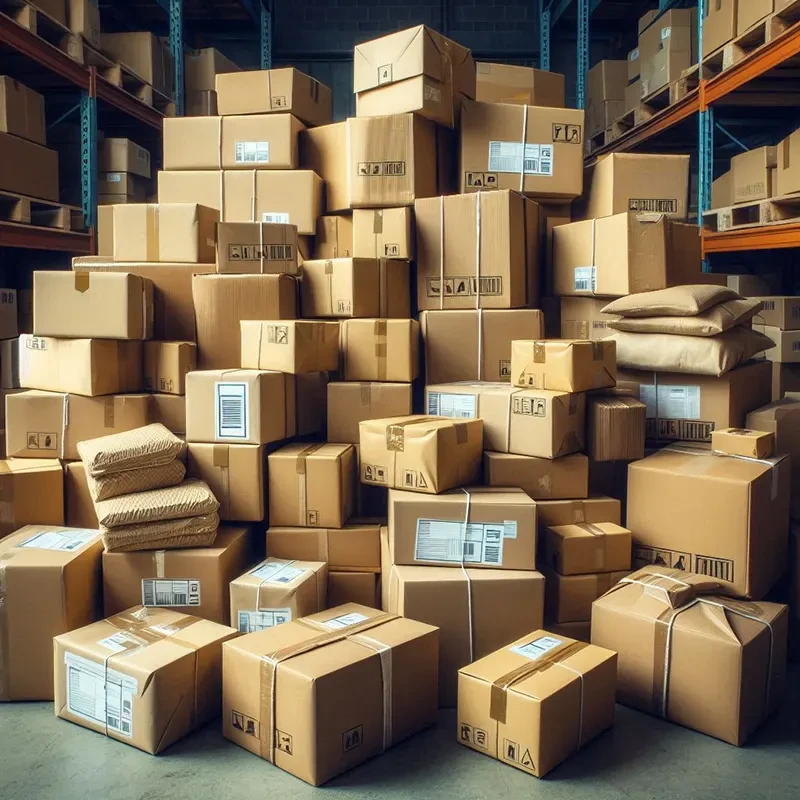
Different Types of Boxes and Their Uses: Which Box is Used Where? Different types of boxes play a crucial role in transportation, storage, and packaging processes. Each box type is designed to meet specific needs and usage areas. Options like cardboard boxes, corrugated boxes, wooden crates, and plastic containers are used across various sectors and purposes. In this blog post, you will find detailed information about the features of each box type and where they are most efficiently used. Choosing the right box for your needs reduces transportation costs, enhances product safety, and optimizes your logistics processes.
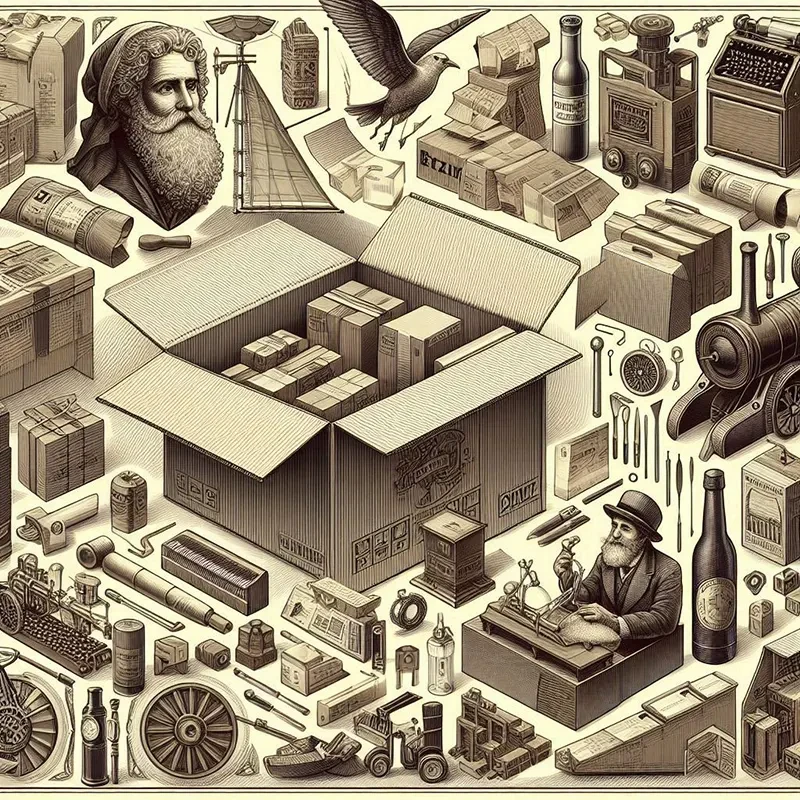
The Origins and Historical Development of Boxes Boxes have become an indispensable part of transportation, storage, and packaging processes today. However, the history of boxes dates back to ancient times. The first boxes, made from natural materials like stone, wood, and ceramics, can be traced back to ancient civilizations around 3000 BC. With the Industrial Revolution, the production of boxes accelerated with new materials like cardboard and corrugated fiberboard, which revolutionized the retail sector. In the 20th century, automated production lines and digital printing technologies were developed, making box production faster and more efficient. Today, boxes are made from eco-friendly materials, with sustainability being a key focus. Smart packaging systems and 3D printing technologies are emerging trends in box production for the future. The history of boxes has contributed not only to transportation and storage but also to the development of eco-friendly packaging solutions and the evolution of logistics processes.
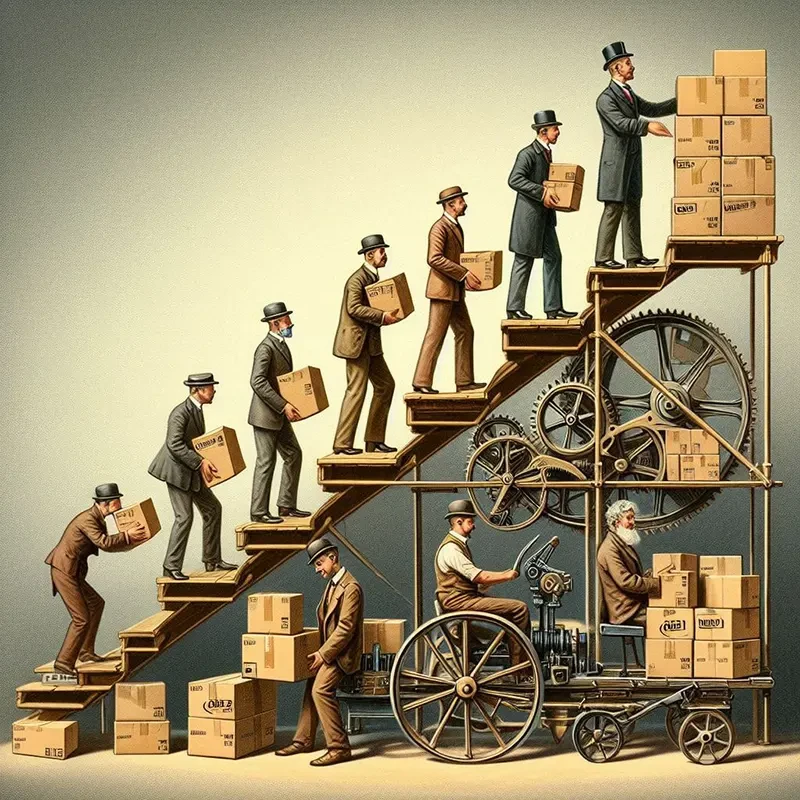
The Evolution of Boxes and Cartons: A Brief Overview The evolution of boxes and cartons has significantly impacted packaging and shipping industries. From basic wooden crates in ancient civilizations to the modern-day cardboard boxes, packaging has adapted to meet the ever-changing demands of transportation, storage, and product protection. With the rise of industrialization, materials such as cardboard, plastic, and corrugated paper revolutionized the packaging sector, leading to more efficient and cost-effective solutions. Today, boxes and cartons are designed with a focus on sustainability, product safety, and cost reduction, ensuring that goods are transported efficiently and safely. Understanding the history and evolution of packaging helps businesses make informed decisions when selecting the most effective packaging solutions, ultimately improving logistics and reducing overall costs.
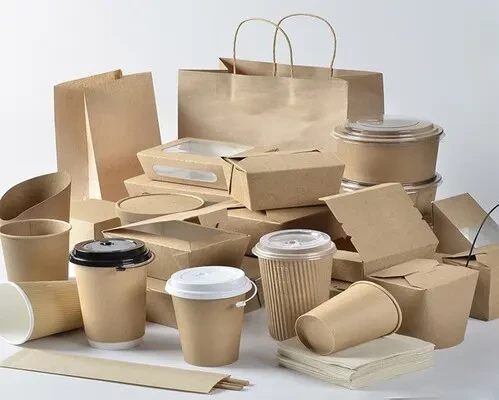
The Importance and Functions of Packaging Packaging plays a very important role in modern society and serves various functions.
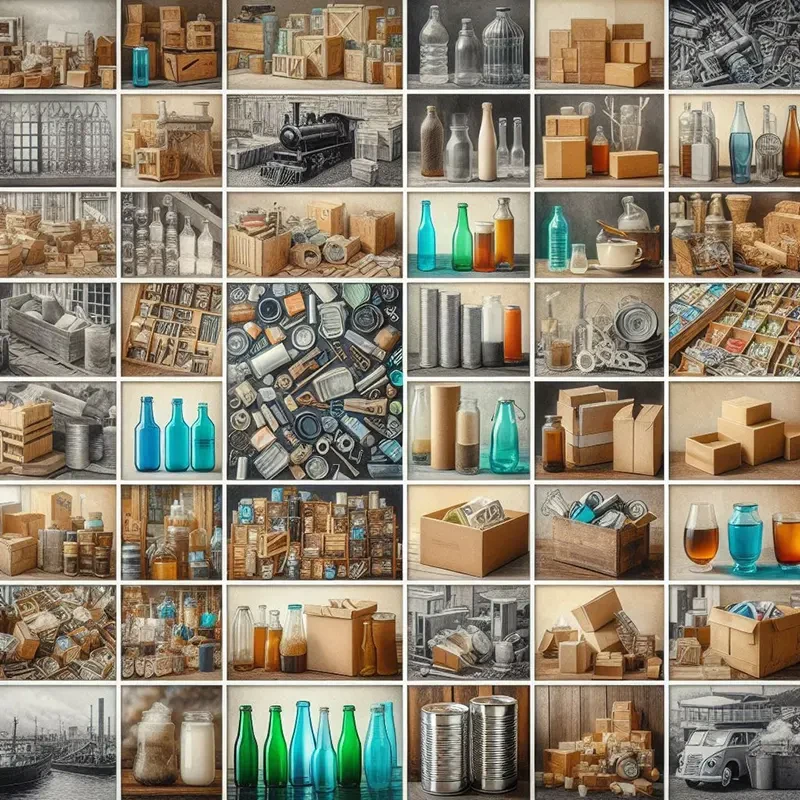
Historical Development of Packaging Packaging has a long and rich history in human civilization. Over the centuries, people have employed various packaging methods to transport, protect, and store the products they create. The evolution of packaging has been shaped by both changing human needs and technological advancements. As societies developed and new materials became available, packaging methods evolved to meet the growing demand for more efficient and protective solutions. Today, packaging plays a crucial role in the global economy, ensuring the safe delivery of goods while also contributing to marketing, sustainability, and consumer convenience.
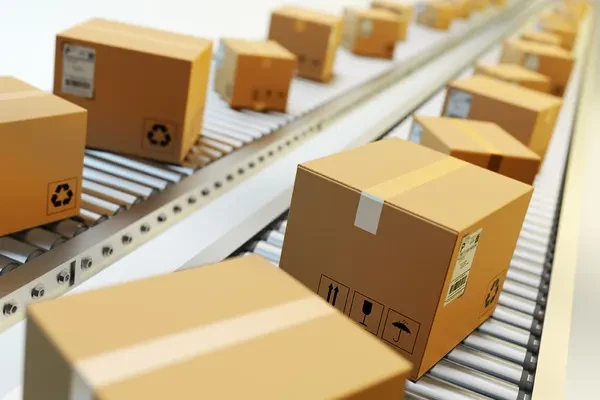
What is Packaging? Packaging is a comprehensive process aimed at protecting, transporting, storing, and marketing products. Proper packaging ensures that the product reaches the customer while preserving its quality and strengthens the brand's image. Whether for fragile items, bulk goods, or consumer products, packaging plays a crucial role in maintaining product integrity and enhancing consumer experience. It also serves as a marketing tool, influencing how the product is perceived and how the brand is represented.
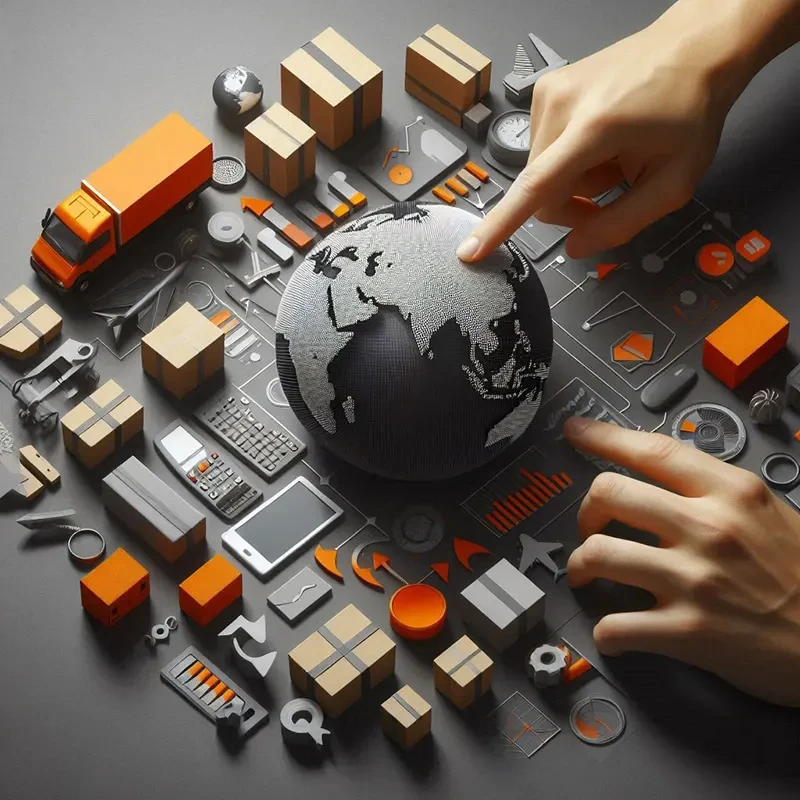
In the World of Packaging: Carton and Box Packaging plays a vital role in the safe transportation, storage, and promotion of products. In this context, cartons and boxes are two of the most common and essential elements in the world of packaging. In this article, we will explore a wide range of perspectives, from the definitions of cartons and boxes to their manufacturing processes, application areas, and their importance in today’s world.
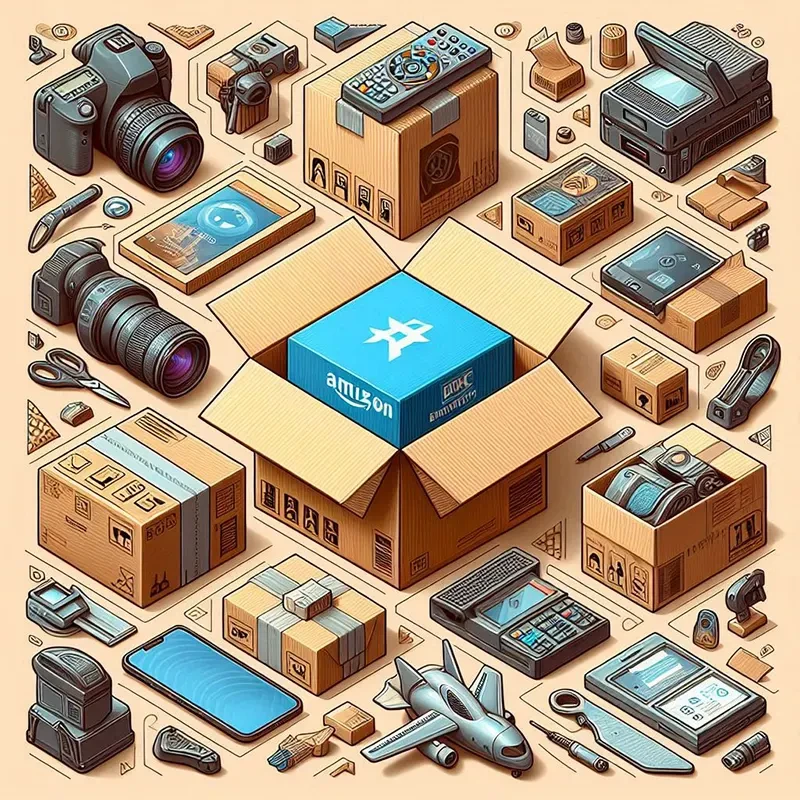
Double-Walled Carton: A Strong and Reliable Packaging Solution Packaging plays a critical role in the transportation, storage, and protection of products. The materials used in this process are essential for ensuring product safety and ease of transport. In this article, we will focus on the "double-walled carton," a strong and durable packaging material.
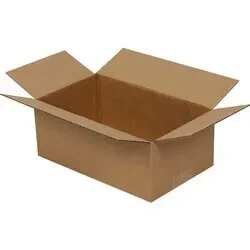
What is a Single Corrugated Box? A single corrugated box is a packaging solution made from a single layer of fluted cardboard between two flat linerboards. This structure provides strength, cushioning, and durability, making it ideal for shipping, storing, and protecting goods. Lightweight, cost-effective, and eco-friendly, these boxes are commonly used in e-commerce, retail, and logistics. Customizable for branding and available in various sizes, single corrugated boxes offer reliable protection for fragile items while reducing shipping costs.
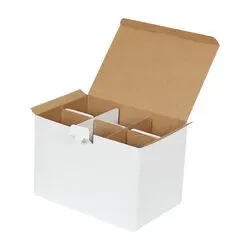
How Is Box Manufacturing Done? Box manufacturing is a critical process for safely transporting and storing products. This process includes selecting the right materials, design, cutting, assembly, and printing stages. Durable materials such as cardboard, corrugated board, or kraft paper are commonly used in box production. The boxes produced have a wide range of uses in sectors such as e-commerce, retail, and logistics. Eco-friendly, customizable, and durable boxes enhance brand visibility while ensuring the safe transportation of products. In the box manufacturing process, quality control, correct sizing, and print quality are of utmost importance.